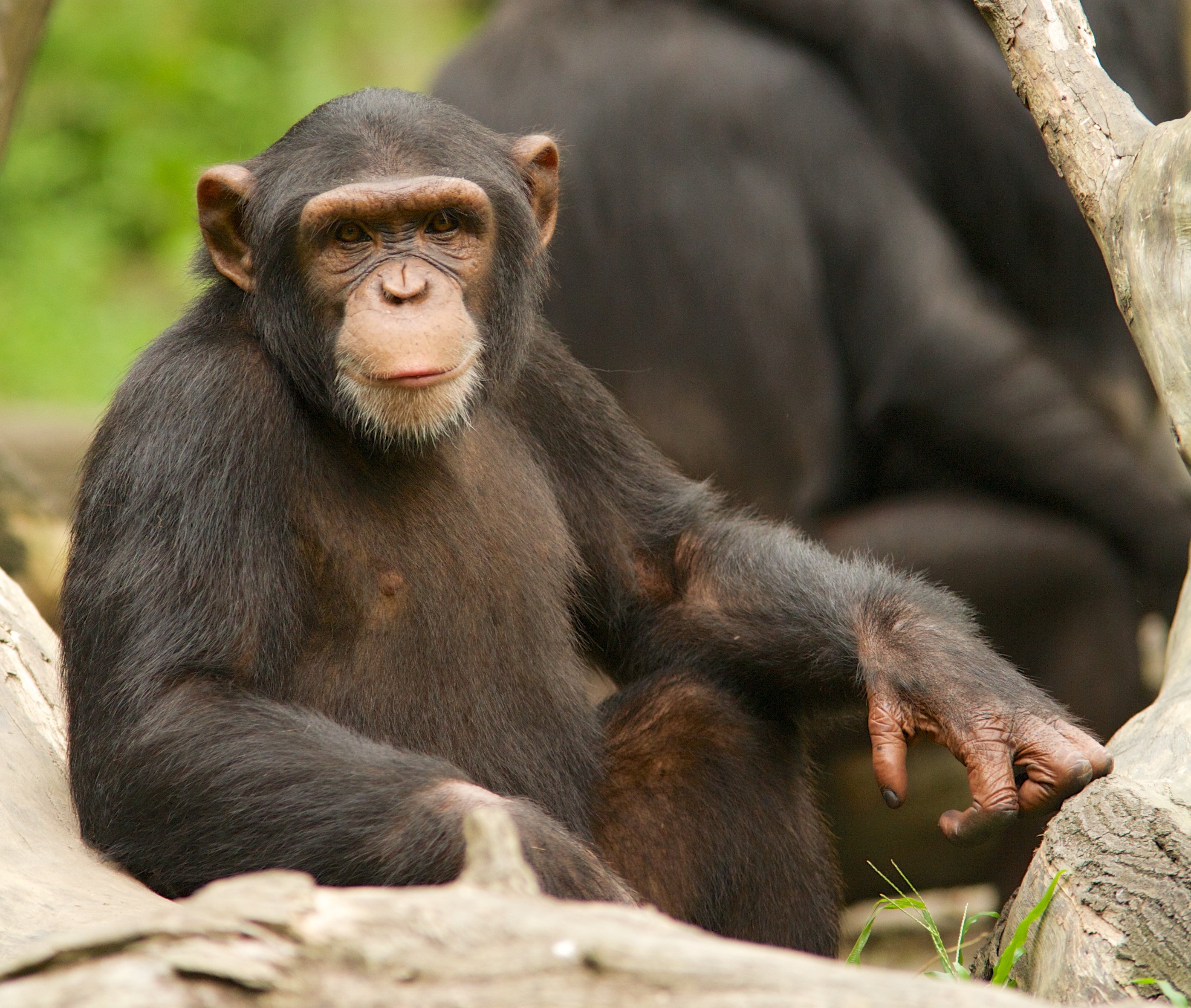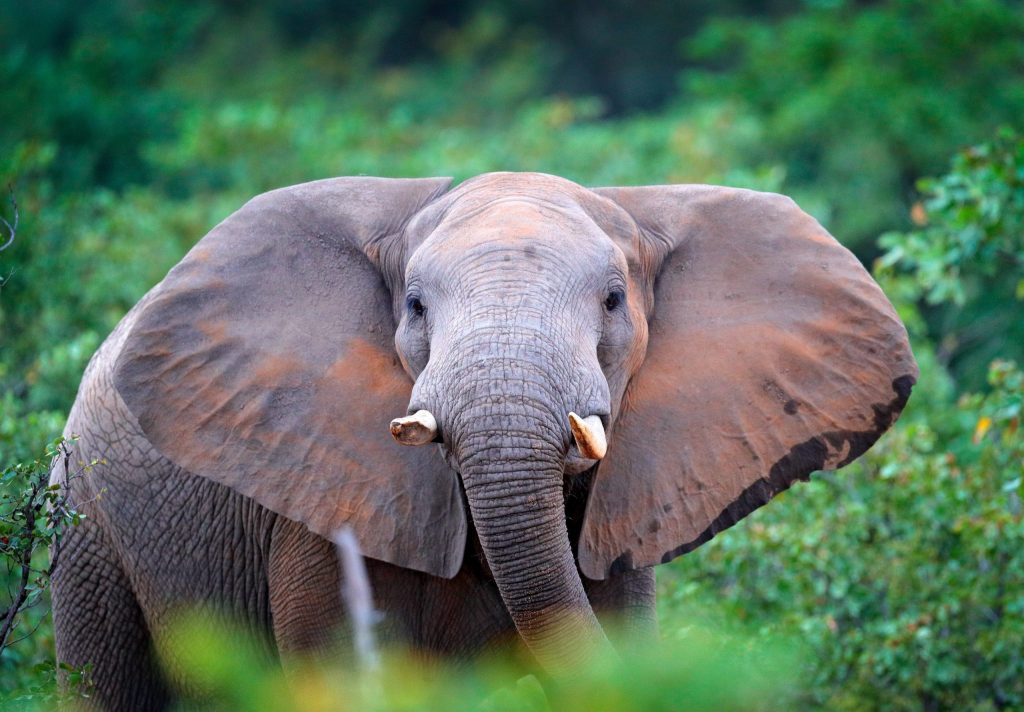
Chimpanzee
Given the incredible and very obvious similarities between humans and Chimpanzees, it is perhaps not surprising that seeing them in the wild is a wish for many people. Unfortunately, many fail to turn this wish into reality, for a variety of reasons. You cannot visit the Chimpanzees in a car, as the forest is too thick, so trekking is the way to go. Chimpanzee trekking is an incredibly exciting thing to do. Currently almost all of the chimp trekking takes place in just one or two of the places that they live wild.
If it is possible to change this, we can make chimpanzee populations across the tropical African belt valuable to local people, and therefore protect their long-term viability. The wild chimpanzee is an essential part of the places that they inhabit, so hunting and poaching threatens the collapse of the entire ecosystem.
Most of the places that they inhabit have already been invaded or lie close to human habitation so hunting and poaching threatens the collapse of the entire ecosystem One of our closest relatives and an image that we are very used to, unfortunately the chimpanzee like all other great apes is facing a precipitous decline in its population. Subspecies include,
Eastern(21000-55000),
Western(35000),
Central(115000) and
Nigerian-Cameron (3500-9000).
As you can see many of these have wide ranging estimates which shows how little idea we have at the current time.
Chimpanzees inhabited wide-range of forests and open woodlands. When not attacked by humans, and when their homes are left standing they can do very well.
It is possible that organised tourism amongst some of these populations could help save them. Unfortunately it is entirely possible that many of these populations are lost before we can help. We aim to link to as many place that you can visit. These will be linked within a page for each subspecies, though some will also be linked at the bottom of the this page.
We will also have a list of all articles on chimpanzee from this website below
Leprosy identified in wild Chimpanzees for the first time
Leprosy has been identified by an international team of scientists in two countries in west africa – Ivory coast and Guinea-Bissau. Leprosy has never been
Chimpanzees medical treatments seen again
I hope all the people reading this are aware of the intelligence of chimpanzees. Indeed, this intelligence has been known for some time. Altruistic acts
Chimpanzees observed treating wounds of fellow chimpanzees with crushed insects
In the coastal National park of Loango – Gabon, over the course of a study of a group of chimpanzees, 19 times chimpanzees were seen
First known albino chimpanzee was born in Africa this summer. Unfortunately it was killed
Many species can have albinism. That is: a lower amount of pigmentation or indeed a complete lack of pigmentation. From white lions and white deer,
A tiny reserve in Nigeria has been shown to be full of wildlife
Afi mountain wildlife Sanctuary is tiny, covering only 38.6 square miles, yet analysis has shown that this reserve has a whole host of wildlife.
Gains in the Virunga national park of the DRC are encouraging but threats continue
For the last 3 years there has been a significant baby boom in the forests of the Virungas. This is highly encouraging for the long




